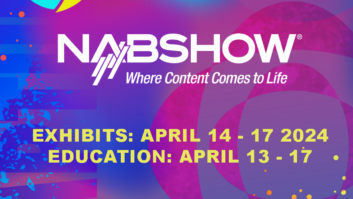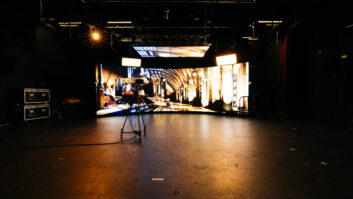 In the digital events world, a single broadcast can make or break an organisation. If investors, customers and collaborators sit through a sloppy or mismanaged production, it could cost the host company its reputation.
In the digital events world, a single broadcast can make or break an organisation. If investors, customers and collaborators sit through a sloppy or mismanaged production, it could cost the host company its reputation.
Many companies in need of a digital event look for turnkey production that threads the needle between quality and affordability. Regardless of the technology involved, a broadcast can fall apart if key planning elements are not an integral part of the production. Here are some of the most important strategies needed to host a successful and smooth broadcast:
Create a master plan (and rehearse!)
The worst thing a production team can do is assume an event will run smoothly. Create a unified document mapping out every single element of the upcoming broadcast. Block and rehearse multiple scenarios to confirm and stress-test contingency plans where necessary. Utilise the expert skills of your vendor’s managed service event team for that ‘cannot fail’ event.
Since 2020, we’ve seen a significant shift to hybrid production models with remote working, and many organisations balance events, both in remote and in-person settings. The added stress of different and geographically dispersed locations can create a higher level of uncertainty for both the event team and speakers. Rehearsals both virtual, in-office or onsite are paramount to the success of any event from a technical standpoint and to ensure speakers feel at ease with their message and the technology that delivers it.
Avoid gate rush with a scalable solution
Any sort of major announcement or event will require a significant amount of bandwidth if an organisation needs to broadcast to many people. Problems with gate rush and an overpowered network can easily dismantle a broadcast.
There is no substitute for ensuring that the technology on which you are broadcasting your event can accommodate all of your attendees entering the meeting at the same time. However, pre-event entertainment like packaged videos, informational slides or digital networking “coffee hours” are all helpful tools to stagger for a healthy stream.
Boost engagement with balanced Q&As and polls
Depending on the type of digital broadcast, program hosts can replicate an in-person experience with curated Q&A segments and polls to create a communal experience.
There are several strategies to create a seamless and interactive Q&A experience. Companies that prefer an organic experience with questions from the audience can draft several questions on hand in case participation is stale. Connect with a few team members with planted questions to help jumpstart productive discussions or continue the momentum. Or simply field questions as they come in naturally. Ensure to follow-up by email and answer any questions you didn’t get to during live Q&A.
Hosting companies that prefer a vetted experience can put out a call for questions before the event. Attendee touchpoints like registration forms, pre-event surveys, or social media CTAs are an excellent way to field questions from an audience.







